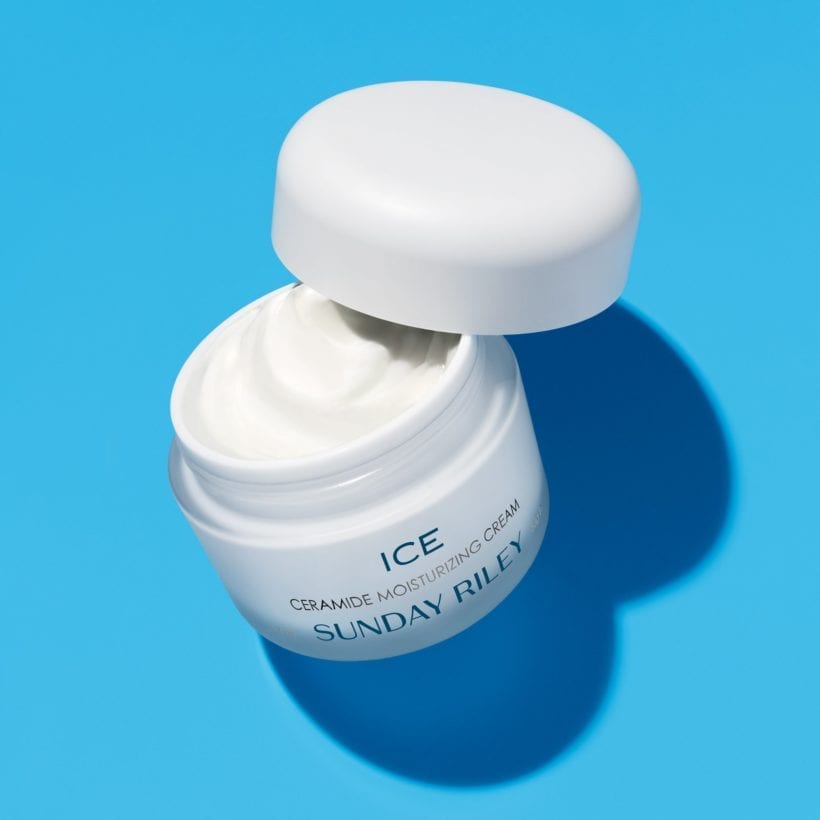Although spring hasn’t officially started, the temperature in the northern hemisphere is already slowly rising, the birds are quietly chirping, and the trees look less like skinny upright wooden corpses. Unsurprisingly, the gradual changes in the air, the humidity, the temperature, and the number of hours of daylight all have an effect on our skin.
This means we might slowly see a reduction in the efficacy of the products we were using over the colder months. Skin concerns may even reappearance if we don’t adjust our routines to fit the seasonal weather changes.
“Our skin is the barrier between us and the outside world. As the atmosphere changes on the outside, so must how we treat and nourish our skin,” explains Harley Street dermatologist Benedetta Brazzini, MD.“If you already have a routine that works, then great! But generally transitioning into the lighter, warmer seasons requires a lighter moisturizer for the daytime, at the least.”
Meet the Experts
Benedetta Brazzini, M.D. is a Harley Street dermatologist.
Catherine Borysiewicz, MD, is a Consultant Dermatologist at the Cadogan Clinic.
Alicia Lartey is an aesthetician at London-based clinic Saint of Cells.
Michael Sam-Yorke is a dermatology clinician and aesthetician.
We spoke to several leading skincare experts to get the lowdown on what changes are happening and what we might need to do about it.
Moisture

One of the biggest things to look out for as the climate changes is the level of moisture our skin holds.
“Studies have shown that skin moisture levels will generally increase during the summer months and fall during winter months,” says Catherine Borysiewicz, MD, Consultant Dermatologist at the Cadogan Clinic. “This is suspected to be related to lower lipid production and reduced skin barrier function during the winter and is likely to explain the dryness that we all feel in our skin during winter.”
So the thick moisturizers we were using over the winter might be too heavy for springtime, and you may even find that they also contribute to breakouts. Alicia Lartey, an aesthetician at London-based clinic Saint of Cells, recommends switching our heavy moisturizers with lightweight emollient oils. “With those who have oily skin, I make the transition out of winter skincare a lot faster than those with dry skin,” Lartey says. “I still encourage the use of rich ingredients in clients with dry skin, but I may opt for a thinner-textured product, such as a thinner moisturizer with Omega 3.”
Exfoliation
Please make no mistake; we want our skin to take advantage of the sunnier months and glow, glow! To support this, as the temperature outside warms up, it’s usually a good idea to add an exfoliation step to your routine or gently increase the frequency of the exfoliation products you’re using.
Dermatology clinician and aesthetician Michael Sam-Yorke told us, “As we transition into spring, it’s important to continue to exfoliate your skin. While it’s true that your skin won’t dry out as much as it usually would during the winter months, you might still experience flaky skin during spring and summer. By keeping up with exfoliation as a part of your skincare routine, you’ll be ensuring that you get rid of any dead cells while also being able to achieve a clear complexion.”
If your skin isn’t used to exfoliation products, take it slowly. Try a recommended product, such as Sunday Riley’s Good Genes Lactic Acid Treatment, and wait a few days to see how your skin reacts.
Microbiome
We typically think of skincare solely through the lens of beauty but taking care of the skin microbiome also helps improve our overall health. Skin microbiome, sometimes called skin flora, refers to the billions of bugs that live on our skin.
“Studies have shown that there are seasonal variations in sebum production with highest levels of production typically seen in the autumn months and lowest production in the winter months. Excess sebum can alter the quantity and type of bacteria found on the skin surface and can aggravate conditions such as acne and eczema,” explains Dr. Borysiewicz.
While it might be tempting to go hard on exfoliation to get rid of the winter build-up of dead skin cells, taking prebiotic or probiotic supplements can help to ensure our skin barrier isn’t compromised and also improve overall skin health. Choose products that are rich in moisturizing and rejuvenating properties like ceramides (in Sunday Riley ICE Ceramide Moisturizing Cream), peptides (in Sunday Riley Pink Drink Firming Resurfacing Essence), and niacinamide (in Sunday Riley Clean Rinse Clarifying Scalp Serum).
UV Rays
We know we should be applying sunscreen all year round, but it’s a particularly essential part of our skincare routines to ensure our bodies are protected in the sunnier months.
Dr. Borysiewicz explains why: “The early spring sunlight is often a time those who struggle with pigmentation changes will notice changes in their skin. These include melasma, post-inflammatory hyperpigmentation from acne or inflammatory skin conditions, and solar lentigos. These will be responding to UVA and HEVL or blue light.” If you can, opt for a sunscreen that offers factor 30+ UVA and UVB protection.
Our final recommendation relates to makeup instead of skincare. Cutting back on thick layers of makeup can help our skin adjust to springtime. Skincare expert Sam-Yorke tells us, “More often than not, heavier makeup can make your skin appear shinier throughout the warmer months. I’d always suggest opting for a lighter and creamier foundation in order to allow your skin to breathe.”
Of course, using less makeup has the dual benefit of letting that fabulous springtime natural glow we have worked so hard to maintain shine through, so it’s a win-win in our book.
We only recommend products we have independently researched, tested, and loved. If you purchase a product found through our links, Sunday Edit may earn an affiliate commission.











